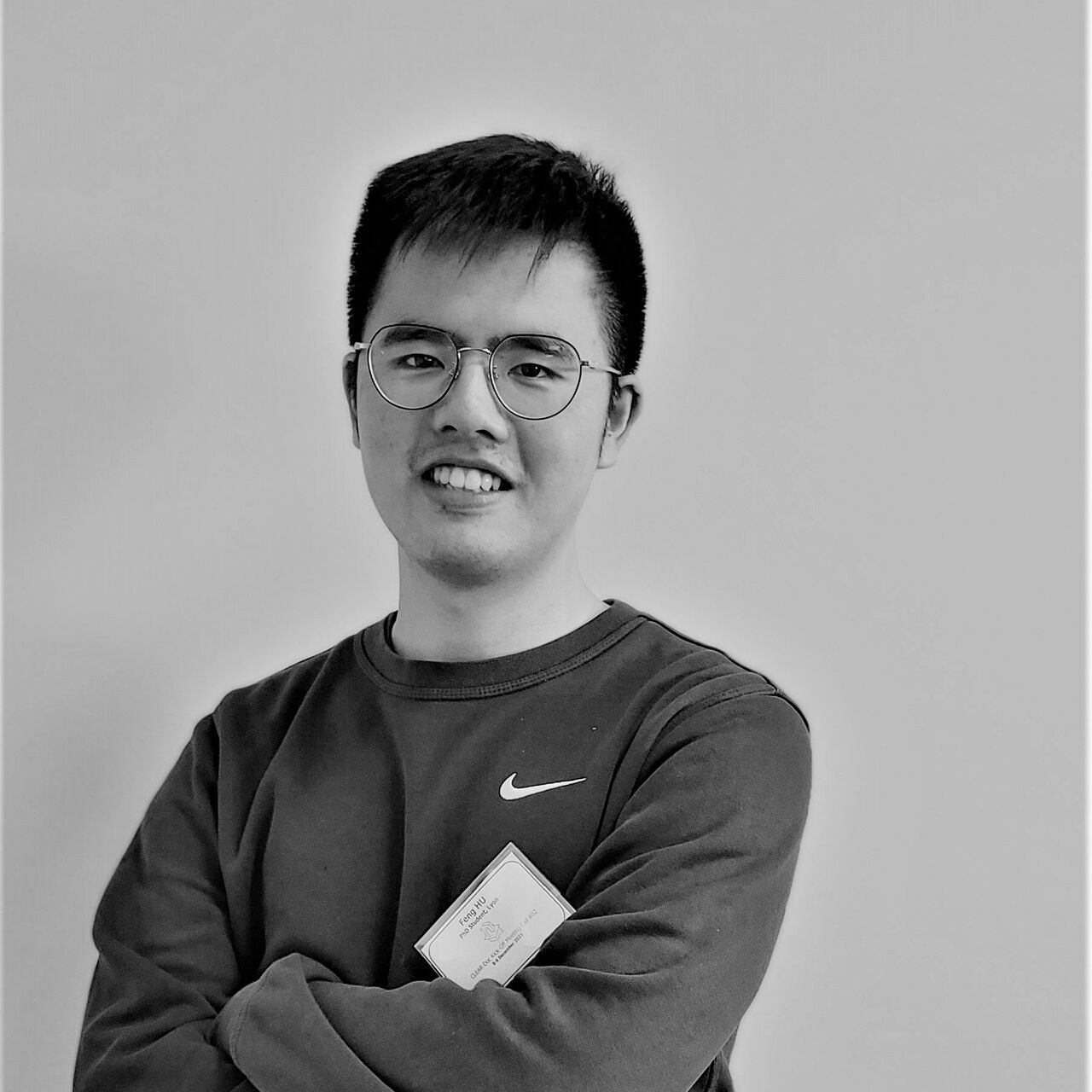His background
MSc. in Human Movement Science (Research) at VU Amsterdam
BEd. in Human Movement Science at Chengdu Sport University
My research focused on effects of back-support exoskeletons on spine loads during lifting, using a musculoskeletal model, during my Master’s studies. Additionally, I focused on lower-limb injuries mechanism and marker-less motion capture system development during my Bachelor study.
Key facts
I am interested in utilizing new technologies in the occupational environment to prevent career-related musculoskeletal disorders.
Apart from research, my hobbies include football, table tennis, and photography.
Summary of his thesis
People spend more and more time seated in transportation, at home, and at office. Seating comfort is not only an important sales argument for seat manufacturers, but is also well recognized as an important health factor for sitters. The experimental investigations on the seat comfort were limited to the analysis of the distribution of contact pressure between sitter and seat. Internal load measurements in human body can be obtained invasively, thereby limited studies exist in literatures. Alternatively, computational human models are able to estimate these biomechanical variables indirectly. Considering musculoskeletal (MSK) models are able to estimate muscle forces and joints loads and can be personalized and positioned easily, they can be used to investigate the effects of different seat configurations on trunk muscle activities and spinal joint forces.
The objective of my PhD thesis are (1) Developing a full-body and personalizable musculoskeletal model dedicated to seating research, capable of estimating spinal joint loads and trunk muscle forces during seating (2) Conducting a sensitivity analysis for the musculoskeletal model to identify the contribution of uncertain inputs to the model outputs (3) Validating the musculoskeletal model by comparing the estimated results from the model, i.e. human-seat contact forces and spinal joint forces, with the measured results in vivo from previous studies. (4) Understanding the role of seat configurations and the causes of seating discomfort among a diverse range of anthropometries, utilizing the biomechanical parameters estimated from the validated musculoskeletal model.
What's next?
Be a happy person and contribute my knowledge to the society.

